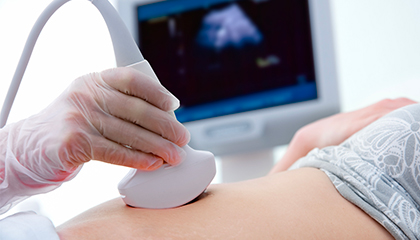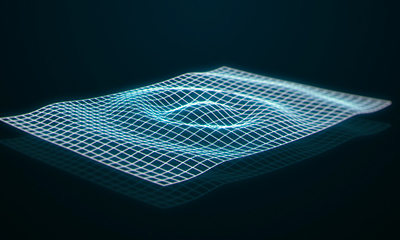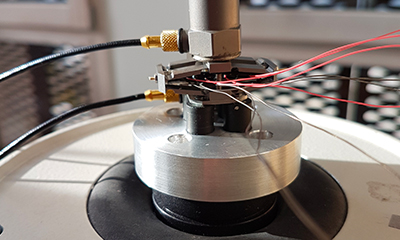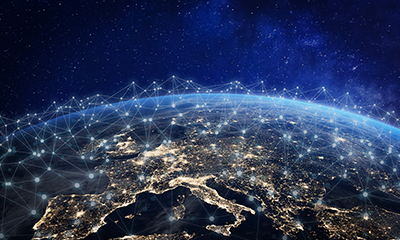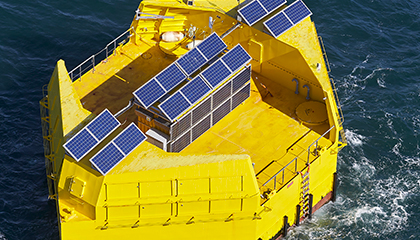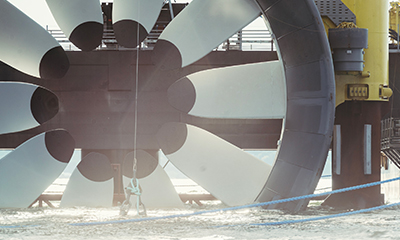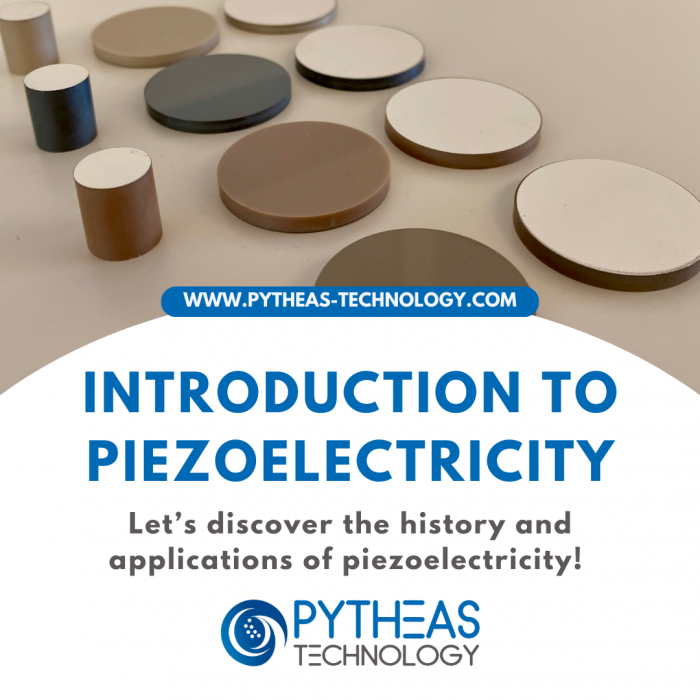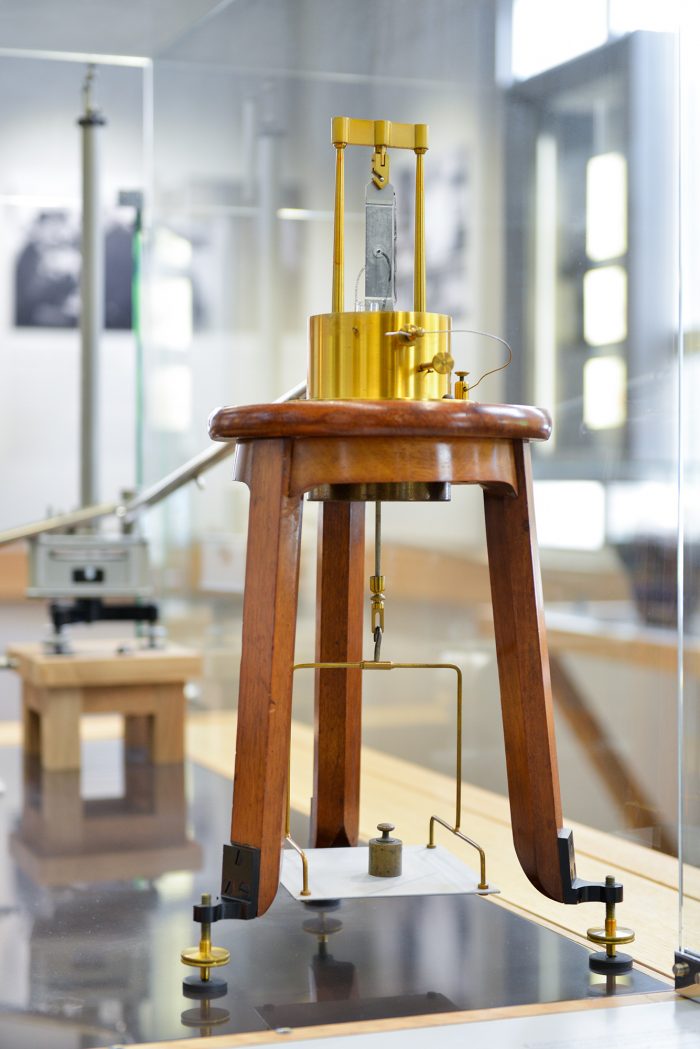November 9th 2023
PYTHEAS Technology often introduces itself as a team of experts in piezoelectricity. It is indeed the best way for us to bring together all our activities, but what do we mean by that? We will try to lift the veil on this term which may seem complex at first glance.
What is piezoelectricity ?
Piezoelectricity is the property of certain materials to become electrically polarized under the action of a mechanical force, or to change in shape under the action of an electrical force. To make it simple, imagine a material that becomes electrically charged when you compress it, and which stretches or compresses when you apply an electric field to it.
We speak of the direct piezoelectric effect to refer to the ability of the material to generate an electric charge under the effect of a mechanical force, and of inverse piezoelectric effect to refer to the deformation of the material when an electric field is applied to it.



